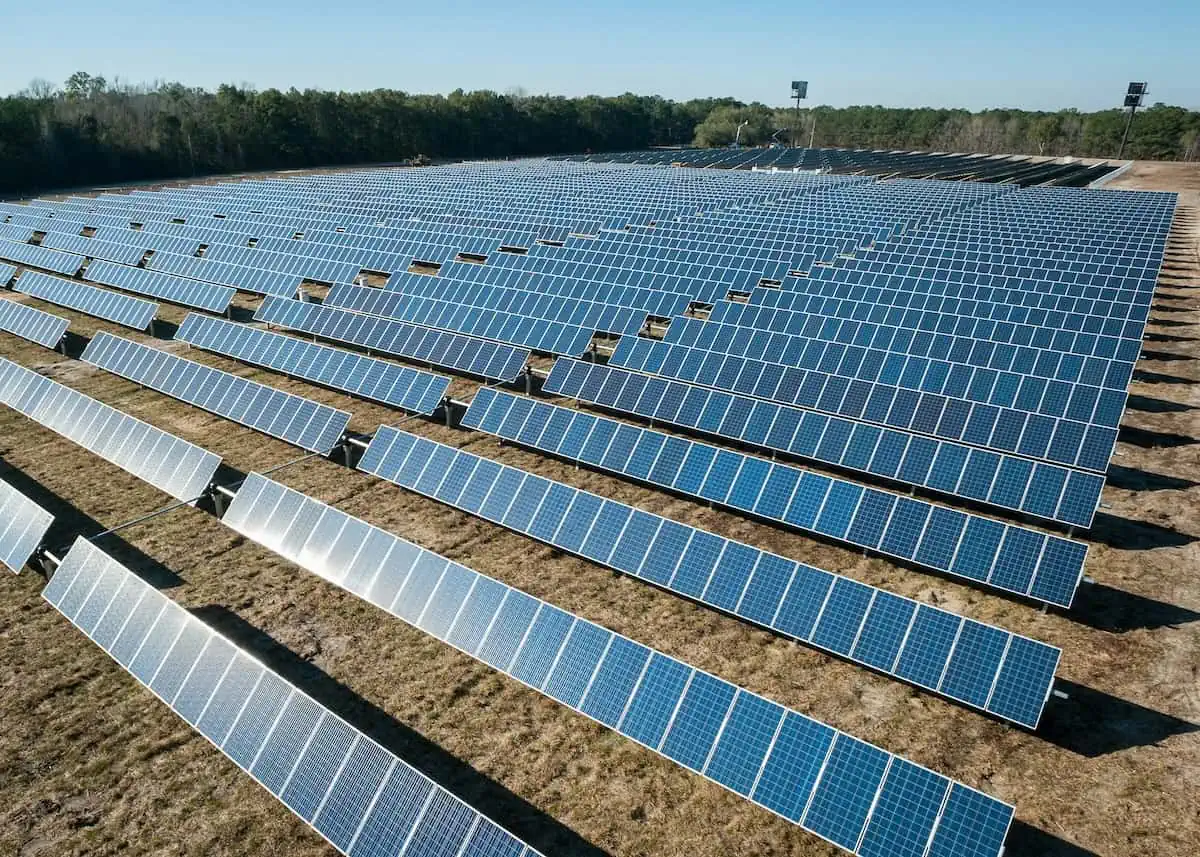Have you ever wondered how solar cells work and how researchers continually strive to make them more efficient?
Well, today we’re diving into the fascinating world of EBIC analysis and its impact on solar cell research. EBIC, short for Electron Beam Induced Current, is a powerful technique that enables scientists to better understand the performance and characteristics of solar cells.
With that in mind, let’s explore how EBIC analysis enhances solar cell research, shedding light on its key principles, benefits, and applications.
Unraveling the Power of Electron Beam Induced Current
What is EBIC Analysis?
EBIC analysis is a sophisticated technique used by scientists and researchers to investigate the properties of solar cells. By employing an electron beam, this method allows for the mapping and characterization of charge carrier diffusion currents within the solar cell material.
Put simply, EBIC analysis lets us visualize and measure how efficiently electricity moves through a solar cell.
The Working Principle of EBIC Analysis
At the heart of EBIC analysis lies a focused electron beam that scans the surface of the solar cell. As the electron beam interacts with the solar cell material, electron-hole pairs are generated.
These pairs give rise to a current, known as the induced current, which is then detected and measured. By analyzing this induced current, researchers can extract valuable information about the behavior and characteristics of the solar cell, such as carrier lifetime, recombination rate, and local defects.
Enhancing Solar Cell Research with EBIC Analysis
EBIC analysis is a game-changer in solar cell research, offering a multitude of benefits that drive innovation and contribute to the quest for more efficient solar energy conversion. Let’s delve deeper into some of the key advantages.
1. Uncovering Performance Limitations
EBIC analysis provides researchers with invaluable insights into the efficiency limitations of solar cells.
By analyzing carrier transport properties and identifying recombination centers, scientists can pinpoint areas causing performance bottlenecks.
This knowledge allows them to fine-tune the manufacturing process, optimize the device design, and enhance overall solar cell performance.
2. Investigating Material Defects
To achieve high-quality and high-performance solar cells, the role of defects cannot be underestimated.
Defects in the material structure can adversely affect carrier mobility and recombination, leading to decreased solar cell efficiency. With EBIC analysis, scientists can locate and characterize defects at a microscopic level.
This information aids in the development of defect-tolerant materials and paves the way for more reliable solar cell designs.
3. Mapping Carrier Lifetime
The carrier lifetime within a solar cell directly influences its efficiency. A longer carrier lifetime means a higher chance for electrons to reach the electrical contacts and contribute to current generation.
EBIC analysis allows researchers to measure carrier lifetime and create spatial maps, helping to identify regions with shorter lifetimes and suggesting strategies to improve charge collection efficiency.
Nuanced Perspectives on EBIC Analysis
While EBIC analysis brings a plethora of advantages to solar cell research, it is essential to explore differing viewpoints and acknowledge certain limitations. Let’s consider a range of perspectives to gain a more comprehensive understanding of this technique.
Unparalleled Insights and Precision
Advocates of EBIC analysis emphasize its ability to provide unprecedented insights and precision in characterizing solar cells.
The detailed maps of carrier transport derived from EBIC analysis allow researchers to identify and analyze subtle variations in performance, leading to breakthroughs in efficiency enhancement.
For example, scientists at Wintech Nano utilized EBIC analysis to uncover a previously unknown recombination mechanism in a commercial solar cell, opening new doors for increased performance and efficiency.
Challenges and Limitations
Despite its strengths, EBIC analysis does face certain challenges and limitations. One significant limitation is the time-consuming nature of the technique.
The process of scanning the entire solar cell surface and obtaining meaningful data can be laborious and lengthy.
Moreover, the interpretation of EBIC results requires expertise and a deep understanding of semiconductor physics, making the technique less accessible to novice researchers.
These limitations may hinder the widespread adoption of EBIC analysis and impede its integration into routine solar cell manufacturing processes.
Insights from the Experts
To gain additional insights into the practical applications and impact of EBIC analysis, we spoke with Dr. Lee Wei, a renowned solar cell researcher at the National University of Singapore.
Dr. Wei shared his personal experience with EBIC analysis, highlighting its role in his research on next-generation solar cells. “EBIC analysis has allowed us to precisely map charge carrier transport and identify regions of enhanced performance,” said Dr. Wei. “The obtained data contributes to furthering our understanding of complex carrier dynamics, paving the way for improved solar cell designs.”
Conclusion
EBIC analysis has revolutionized solar cell research by providing scientists with an exceptional level of detail and insight.
With this powerful technique, researchers can uncover performance limitations, investigate material defects, and map carrier lifetimes within solar cells.
Despite the challenges and limitations, EBIC analysis presents a promising pathway towards more efficient solar energy conversion.
Key Takeaways
- EBIC analysis, or Electron Beam Induced Current analysis, is a technique used to study the performance and characteristics of solar cells by analyzing the distribution of charge carrier currents.
- EBIC analysis enhances solar cell research by uncovering performance limitations, investigating material defects, and mapping carrier lifetimes.
- Different perspectives exist regarding EBIC analysis, with proponents praising its unparalleled precision and critics pointing out challenges and limitations.
- Experts in the field, such as Dr. Lee Wei, emphasize the valuable insights EBIC analysis provides and its role in advancing solar cell designs.
- Wintech Nano is a leading brand that specializes in EBIC analysis technology, contributing to the development of more efficient solar cells.
Article and permission to publish here provided by Nadir Rana. Originally written for Supply Chain Game Changer and published on March 19, 2024.
Cover photo by American Public Power Association on Unsplash.

